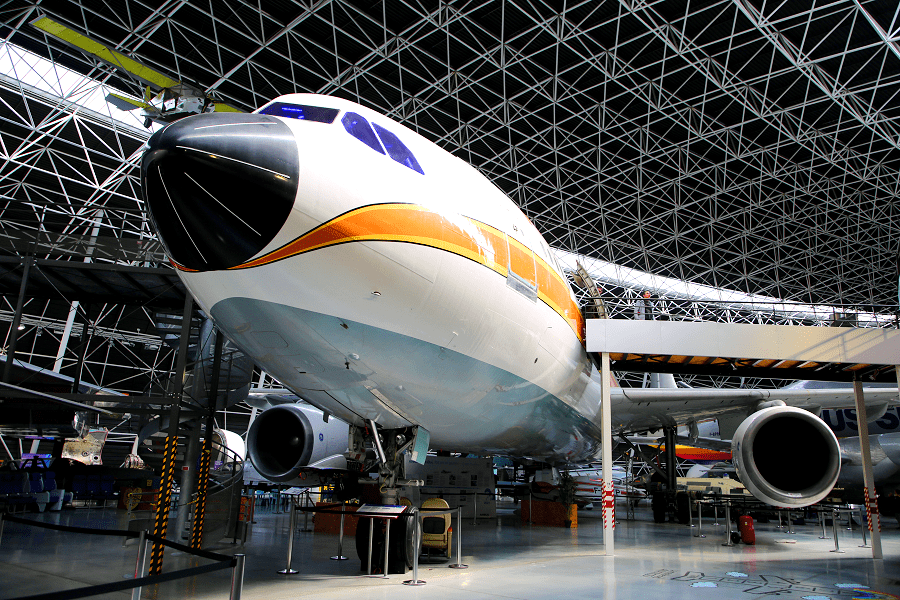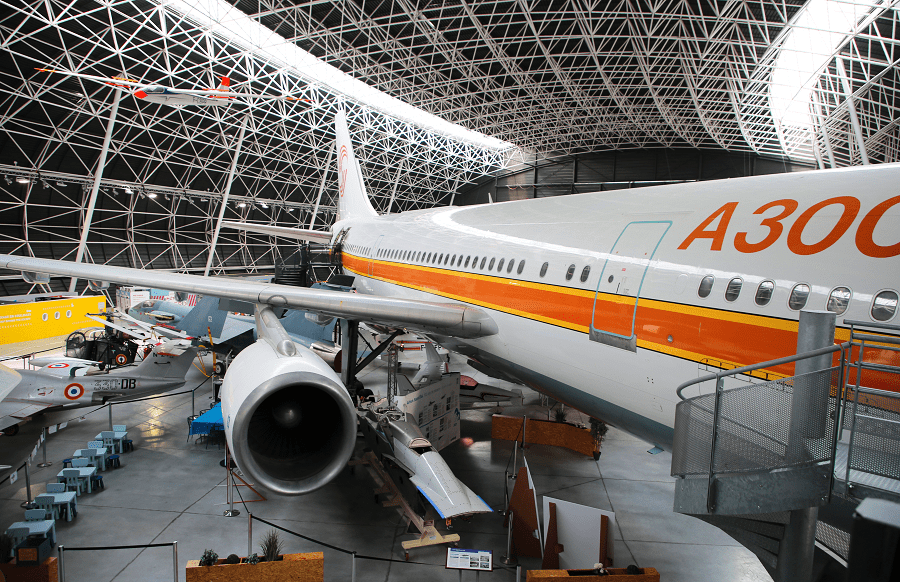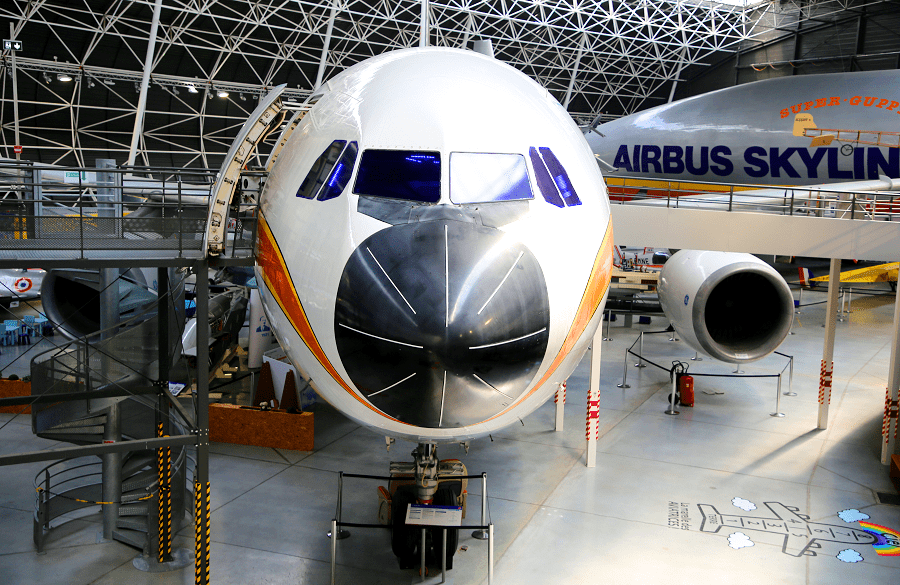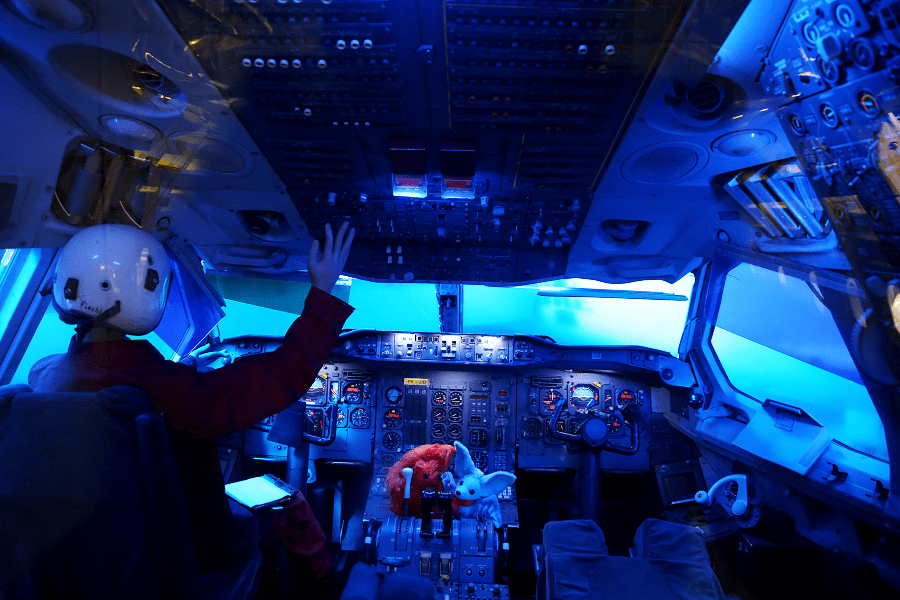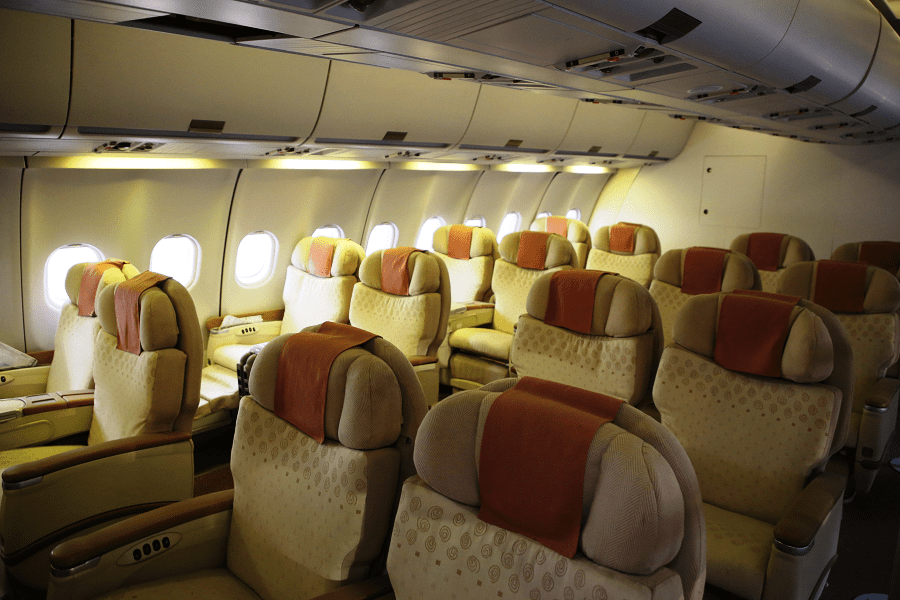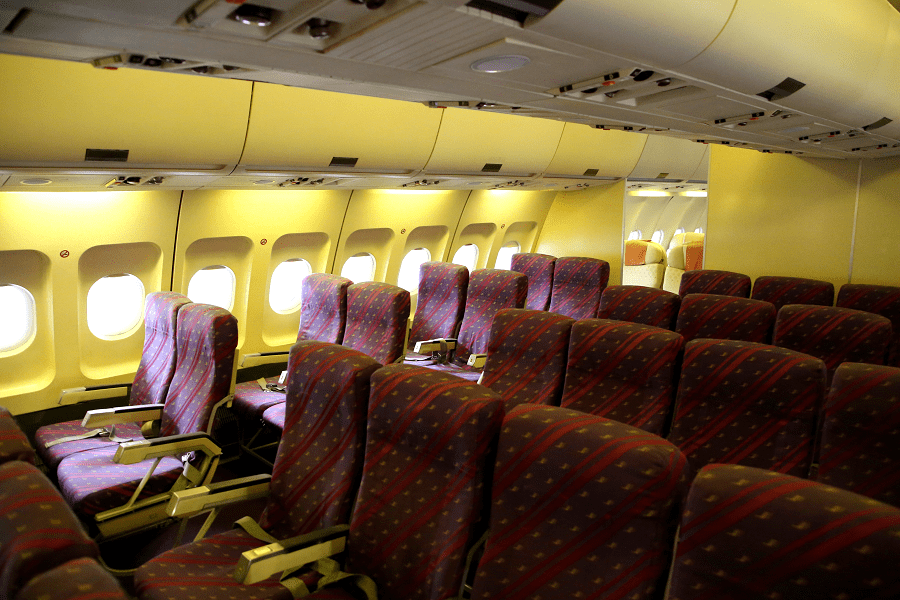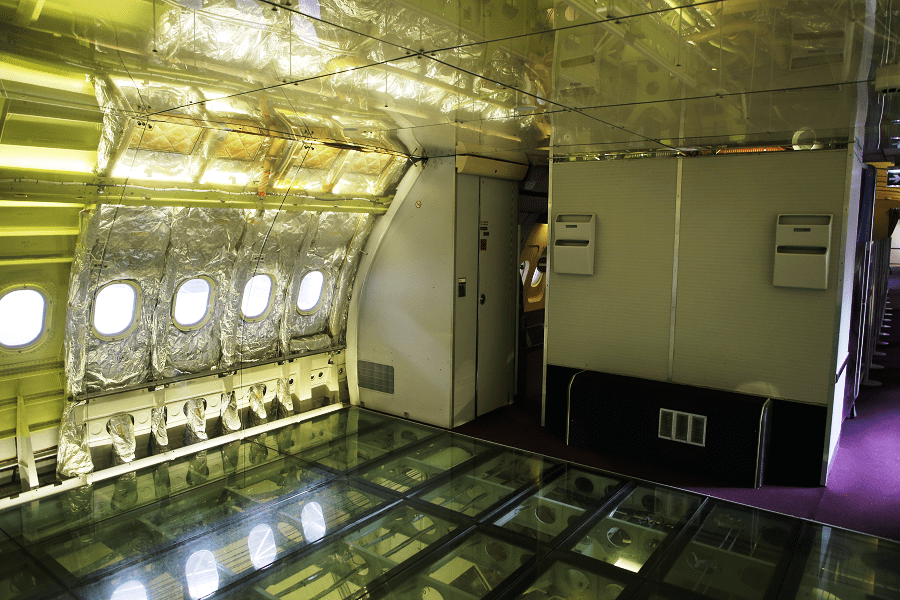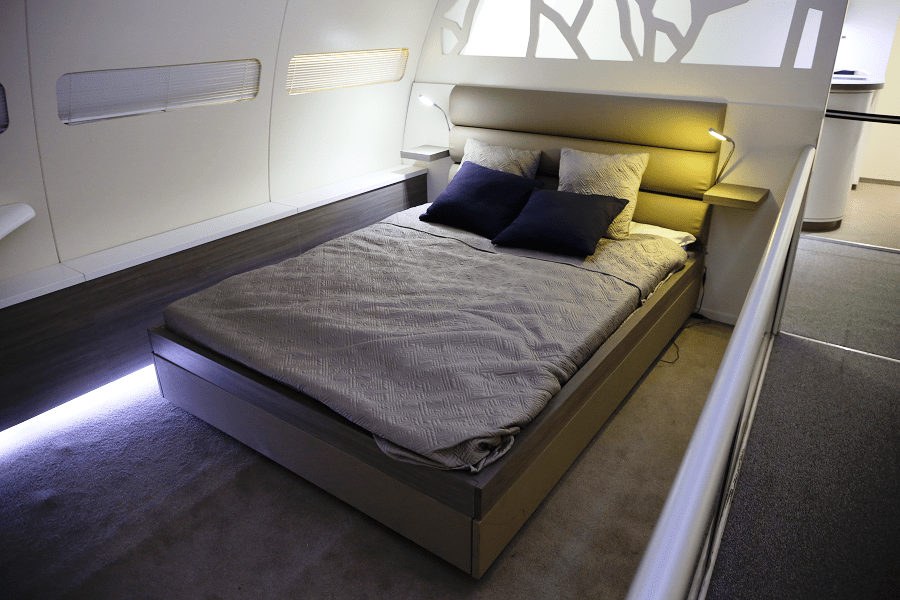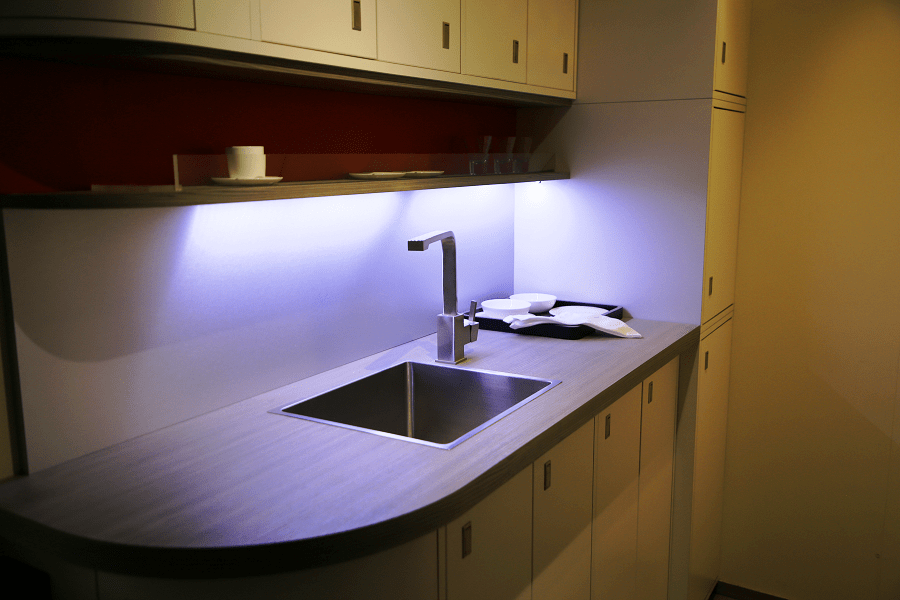Airbus A300 B4
During the 1960s, European aircraft manufacturers such as Hawker Siddeley and the British Aircraft Corporation, based in the UK, and Sud Aviation of France, had ambitions to build a new 200-seat airliner for the growing civil aviation market. While studies were performed and considered, such as a stretched twin-engine variant of the Hawker Siddeley Trident and an expanded development of the British Aircraft Corporation (BAC) One-Eleven, designated the BAC Two-Eleven, it was recognized that if each of the European manufacturers were to launch similar aircraft into the market at the same time, neither would achieve sales volume needed to make them viable.
In 1965, a British government study, known as the Plowden Report, had found British aircraft production costs to be between 10% and 20% higher than American counterparts due to shorter production runs, which was in part due to the fractured European market. To overcome this factor, the report recommended the pursuit of multinational collaborative projects between the region’s leading aircraft manufacturers.
European manufacturers were keen to explore prospective programs; the proposed 260-seat wide-body HBN 100 between Hawker Siddeley, Nord Aviation, and Breguet Aviation being one such example. National governments were also keen to support such efforts amid a belief that American manufacturers could dominate the European Economic Community; in particular, Germany had ambitions for a multinational airliner project to invigorate its aircraft industry, which had declined considerably following the Second World War.
During the mid-1960s, both Air France and American Airlines had expressed interest in a short-haul twin-engine wide-body aircraft, indicating a market demand for such an aircraft to be produced. In July 1967, during a high-profile meeting between French, German, and British ministers, an agreement was made for greater cooperation between European nations in the field of aviation technology, and “for the joint development and production of an airbus”.
The word airbus at this point was a generic aviation term for a larger commercial aircraft, and was considered acceptable in multiple languages, including French.
Shortly after the July 1967 meeting, French engineer Roger Béteille was appointed as the technical director of what would become the A300 program, while Henri Ziegler, chief operating office of Sud Aviation, was appointed as the general manager of the organization and German politician Franz Josef Strauss became the chairman of the supervisory board.
Béteille drew up an initial work share plan for the project, under which French firms would produce the aircraft’s cockpit, the control systems, and lower-center portion of the fuselage, Hawker Siddeley would manufacture the wings, while German companies would produce the forward, rear and upper part of the center fuselage sections. Addition work included moving elements of the wings being produced in the Netherlands, and Spain producing the horizontal tail plane.
An early design goal for the A300 that Béteille had stressed the importance of was the incorporation of a high level of technology, which would serve as a decisive advantage over prospective competitors. As such, the A300 would feature the first use of composite materials of any passenger aircraft, the leading and trailing edges of the tail fin being composed of glass fibre reinforced plastic.
Béteille opted for English as the working language for the developing aircraft, as well against using Metric instrumentation and measurements, as most airlines already had US-built aircraft. These decisions were partially influenced by feedback from various airlines, such as Air France and Lufthansa, as an emphasis had been placed on determining the specifics of what kind of aircraft that potential operators were seeking. According to Airbus, this cultural approach to market research had been crucial to the company’s long-term success.
On 26 September 1967, the British, French, and West German governments signed a Memorandum of Understanding to start development of the 300-seat Airbus A300. At this point, the A300 was only the second major joint aircraft programme in Europe, the first being the Anglo-French Concorde. Under the terms of the memorandum, Britain and France were each to receive a 37.5 per cent work share on the project, while Germany received a 25 per cent share.
Assembly: Toulouse (Europe)
First flight: 1975
Years of production: 1971–2007
Production: 822 planes (all modifications)
Crew: 2
Capacity (passengers): 345
Length: 53.61 m (175.9 ft)
Wingspan: 44.8 m (147 ft 10 in)
Height: 16.72 m (54.9 ft)
Engine: 2 × Pratt & Whitney JT9D
Max speed: 833 km/h (450 kn; 518 mph)
Range: 5,375 km (2,900 nmi; 3,340 mi)
Ceiling: 11,000 m (35,250 ft)
Empty weight: 78,335kg (172,700lb)



